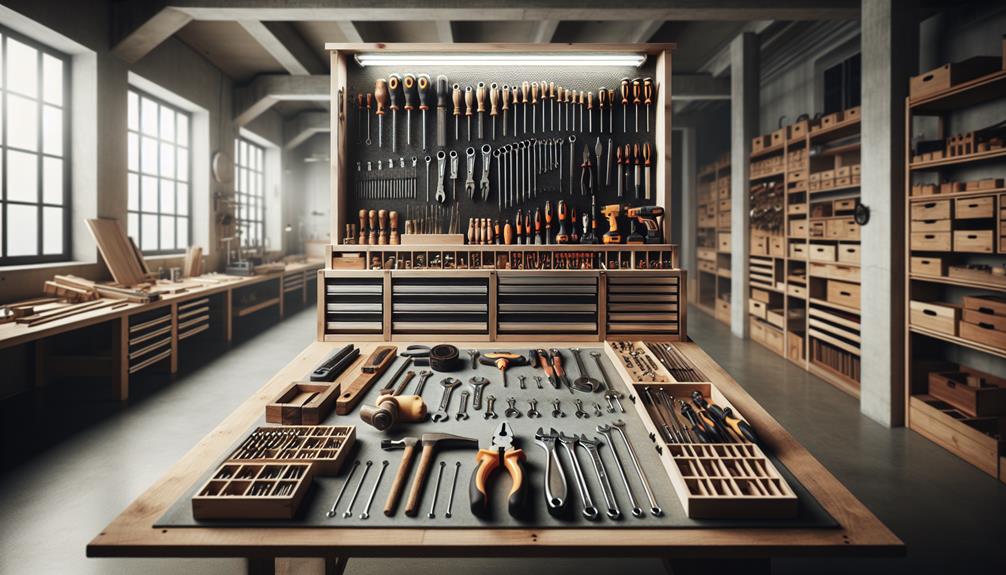
To take care of your car yourself, start with the vehicle fluid maintenanceby regularly checking and maintaining engine oil, brake fluid and power steering fluid levels to prevent breakdowns and costly repairs. You can also carry out tire servicessuch as comparing tire pressure and tread depth, and battery careincluding regular inspections and cleaning of terminal corrosion. In addition, change the engine air filterschange the cabin air filters and coolant at the recommended intervals, and protect the bodywork and interior of your car by regular washing and detailing. By following these steps, you'll be well on the way to maintaining your vehicle and potentially learning even more about other essential DIY tasks.
Contents
To ensure that your car runs smoothly and safely, regularly check and maintain the levels of essential fluids such as engine oil, brake fluid and power steering fluid for prevent breakdowns and expensive repairs.
Keeping these fluids at adequate levels is vital to prevent leaks, overheating and potential failures.
The transmission fluid should be replaced every 30 minutes,000 a 60,000 miles, while brake fluid and power steering fluid should be changed every two years or 24,000 miles.
Don't forget to change your coolant every 30,000 to 50,000 miles to extend the life of your engine.
Maintain the efficiency and safety of your car by checking that the tires are in good condition.
First, check the tire pressure monthly using a pressure gauge to prevent irregular wear and reduced fuel efficiency.
Check the tire tread depth inspecting it regularly and replacing the tires when necessary, as worn tires can lead to accidents on wet surfaces.
Rotating tires every 5,000 to 7,500 miles ensures even wear and extends their service life.
Check your tires regularly for signs of damage or punctures, treating them promptly to avoid further problems.
Also, make sure the wheels are properly tightened after installation to avoid loose wheels.
Regular inspection of your car battery is essential to ensure reliable performance and avoid unexpected failures. Problems can arise due to corrosion forming on the terminals, which usually appears as white or blue powder. Cleaning these terminals with a wire brush can promote proper connectivity and performance.
Consider these key points to maintain your car battery:
Stay ahead of battery problems by testing battery capacity regularly and addressing corrosion promptly.
An important, but often overlooked, aspect of the car maintenance involves ensuring that your filters are clean and functional to promote superior performance and good air quality.
Your vehicle depends on two main filters: the engine air filter and cabin air filter. The engine air filter helps your car breathe by allowing fresh air in, and replacing it every 20,000 to 30,000 miles can improve its performance and efficiency.
In the same way, replacing your cabin air filter every 15,000 to 30,000 miles ensures that you get the most out of it. optimal air quality inside your car and prevents damage to the air conditioning system.
When changing these filters, use a clean microfiber cloth to clean the housing and promote better air circulation.
These simple car maintenance tasks that you can do yourself can have a big impact on the health of your car.
The exterior and interior of your car require protection against external elements and daily wear and tear to keep them in optimum condition, as the accumulation of dirt and damage can significantly reduce the vehicle's appearance and performance. To avoid this, you can take various DIY measures.
Washing your car regularly helps protect the paintwork and prevent rust by removing dirt, mud and salt that can cause corrosion.
Apply a wax or sealant creates a protective barrier on the surface of the car, enhancing shine and protecting against UV rays and environmental contaminants.
Use a tire finishing product to maintain the appearance of your tires and protect them from cracking and discoloration due to exposure to the sun.
Clean and condition your leather seats every few months to prevent cracking and discoloration, prolonging the life of the upholstery and improving interior aesthetics.
Vacuum and detail your interior regularly, including the dashboard and trim, to prevent dust and debris from accumulating and maintain a clean and pleasant driving environment.
As you turn your attention to engine and cooling system maintenance, it is essential to monitor and address critical components to ensure that your car runs efficiently and reliably.
Regular oil changes are vital; use synthetic oil and aim to change it every 7,500 to 10,000 miles.
Don't forget to inspect and replace yours engine air filter every 20,000 to 30,000 miles, as a clean filter improves airflow and increases fuel efficiency.
Also, change your engine coolant every 30,000 to 50,000 miles to prevent overheating.
Check the power steering and transmission fluidsand follow the manufacturer's guidelines for replacement to avoid costly repairs.
When dealing with glass repairs, it is important to prioritize caution and compliance with local regulations. Safety glasses and gloves are indispensable to protect yourself from sharp edges and possible injuries.
Carrying out regular maintenance tasks yourself, such as oil changes, tire rotations, brake inspections, battery replacements and air filter changes, can save you money and ensure that your car runs smoothly.
Expect to invest about 6% of your annual driving budget in maintenance; you'll regularly change the oil, inspect and rotate the tires, and check the fluids to keep your car running smoothly and extend its life
For basic car maintenance, start with regular oil changes and tire rotations. Check the brakes, fluids and air filters. Don't forget about battery care, spark plugs, wiper bulbs and headlights. Keep on top of these tasks for optimum vehicle performance and safety
Blood is thicker than water', so show that you care about your car by adding your DIY repairs to Carfax. Update your vehicle's history by recording maintenance and service records; use the Carfax app to upload repair documentation for a valuable record.